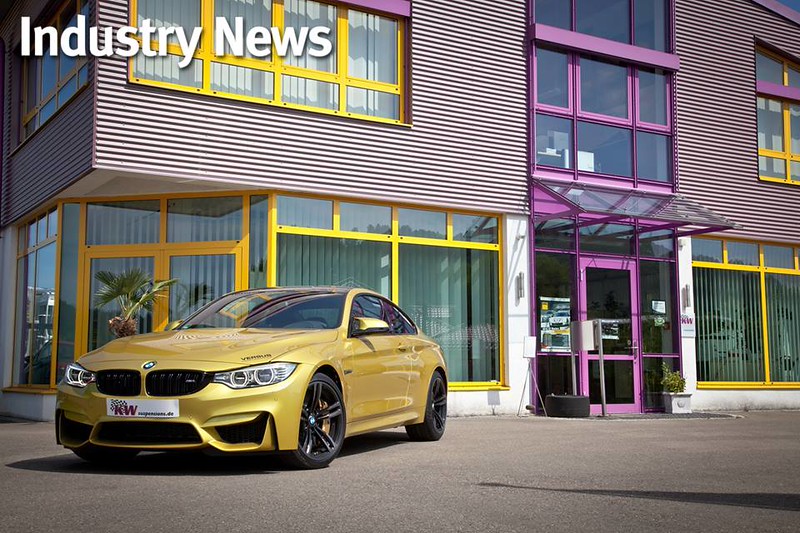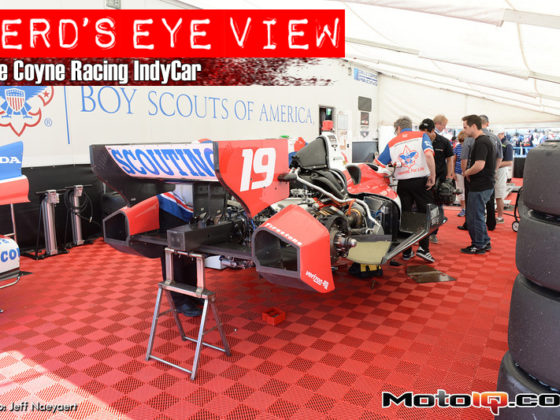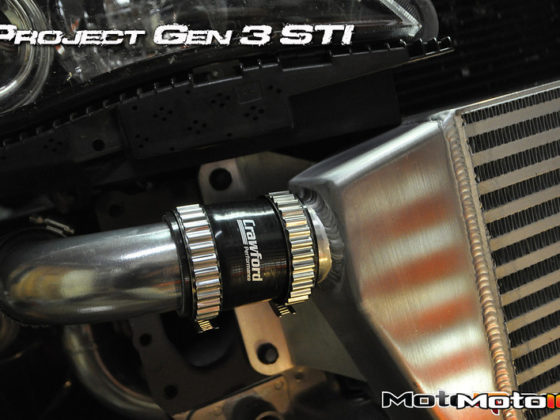
The Eibach Meet: The Good, the Bad, and the Senseless
The world of modified Hondas isn't what it used to be. Honda fans of the 1990s spent their time figuring out how to go fast. Exhaust header design, carburetor jetting, and whether or not to mill the head of your single-cam was the typical dialogue that almost always preceded a visit to the street races. A couple of decades later, though, and talks of silly, Japanese-specific coin holders, proper sticker placement, and whether or not a certificate in interior design might help when coordinating the next shaved engine bay is more likely to occur not before a visit to any sort of race track but, instead, before a stint at the keyboard.
It's no secret that a whole lot of Honda owners have gotten soft, as is evidenced by this year's tenth-annual, all-Honda Eibach meet. But hope isn't entirely lost. If you look hard enough, everything that made the world of Honda performance what it became by the turn of the century is still there. It's just been mucked up with all sorts of nonsensical JDM knickknacks, anything fluorescent, and Taiwanese knock-off peddlers playing the role of high-performance American parts purveyors.
There's a divide within the world of modified Hondas and it was perhaps no more obvious than last weekend at Lake Elsinore, California's Diamond Stadium, where the good people of Eibach and its affiliates hosted their Honda lovefest. Sunday's gathering drew out more than 6,000 spectators and nearly 800 cars of which at least some proved to care more about things like an appropriately built bottom end than shoving a bunch of brake lines underneath the dash for the sake of a smooth-looking engine bay.
In a world where being track-prepped is just as glamourous as actually going to the track, it's easy to dismiss the entire Honda movement. But don't. There's still an entire subculture of fans who haven't forgotten the tenets of the Honda performance pioneers of decades past. You've just got to look a little bit harder for them than you used to.
(I'm guessing you could learn a thing or two more about Hondas by reading up about the company's private museum. Follow this here link when you're done to do just that.)
 |
This base-model Integra looks the part of Honda's top-of-the-line Type R. The Type R wasn't as popular in the U.S. when released by Acura in late 1996 as fanboys would have you believe, though. Die-hard racers and engine builders almost always looked to the less-expensive GS-R or non-VTEC RS and LS since much of what made the Type R so special would be replaced anyways. Today, though, it's an entirely different story and the ITR remains one of the most sought-after Honda chassis of all time. |
 |
Famed Honda tuning firm Spoon Sports' North American distributor Go Tuning set up shop, displaying the company's 1985 Civic Group-A race car. Once upon a time, this mid-1980s hatchback was the personal race car of Spoon Sports president and founder Tatsuro Ichishima. With its heavily modified 1.6L, twin-cam ZC engine, the hatchback went on to become the first Civic to compete in the Japan Touring Car Championship. |
 |
More recently, Spoon Sports has gotten its hands dirty modifying and offering parts for the CR-Z. If you count the company's own CR-Z that competed in the 25 Hours of Thunderhill, there's got to be at least four modified CR-Zs roaming throughout the U.S. right about now. |
 |
Spoon Sports is famous for its meticulous engine building services and its devout use of factory Honda components whenever possible. It also isn't afraid to lop a perfectly good B-series engine in half to show you what's inside. Honda retained this same belt-driven valvetrain and VTEC architecure from the mid-1980s all the way until 2001 when it was pushed aside for its all-new chain-driven i-VTEC layout, which remains today. |
 |
Just as the excitement of everything Spoon Sports has set in, there's this. That, friends, is what a felt-covered hood looks like. |
 |
Something the show boat captains and the performance-minded almost always seem to agree upon is that there's nothing wrong with a set of classic Japanese wheels. Mugen's RnRs are made up of an aluminum-magnesium alloy and, over the years, have fluctuated in price from as little as $500 to the current $1,500 or so that they command. |
 |
Honda's 1.6L ZC engine was offered in a number of iterations, but it's the twin-cam, fuel-injected model that you care about. A similar D-series engine made its way under the hoods of every first-generation Integra in the U.S—the only North American DOHC D-series to date. Aftermarket support has always been sparce for the ZC, and once the B-series was introduced in late-1989, it was seldom heard from again. On a side note: The ZC's unique valvetrain positions its cam gears slightly askew from one another, not unlike what you'd notice once a cylinder head's been significantly milled. The results have been numerous ZC engines operating off by a single tooth, even at the hands of seasoned mechanics. |



